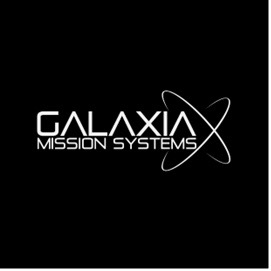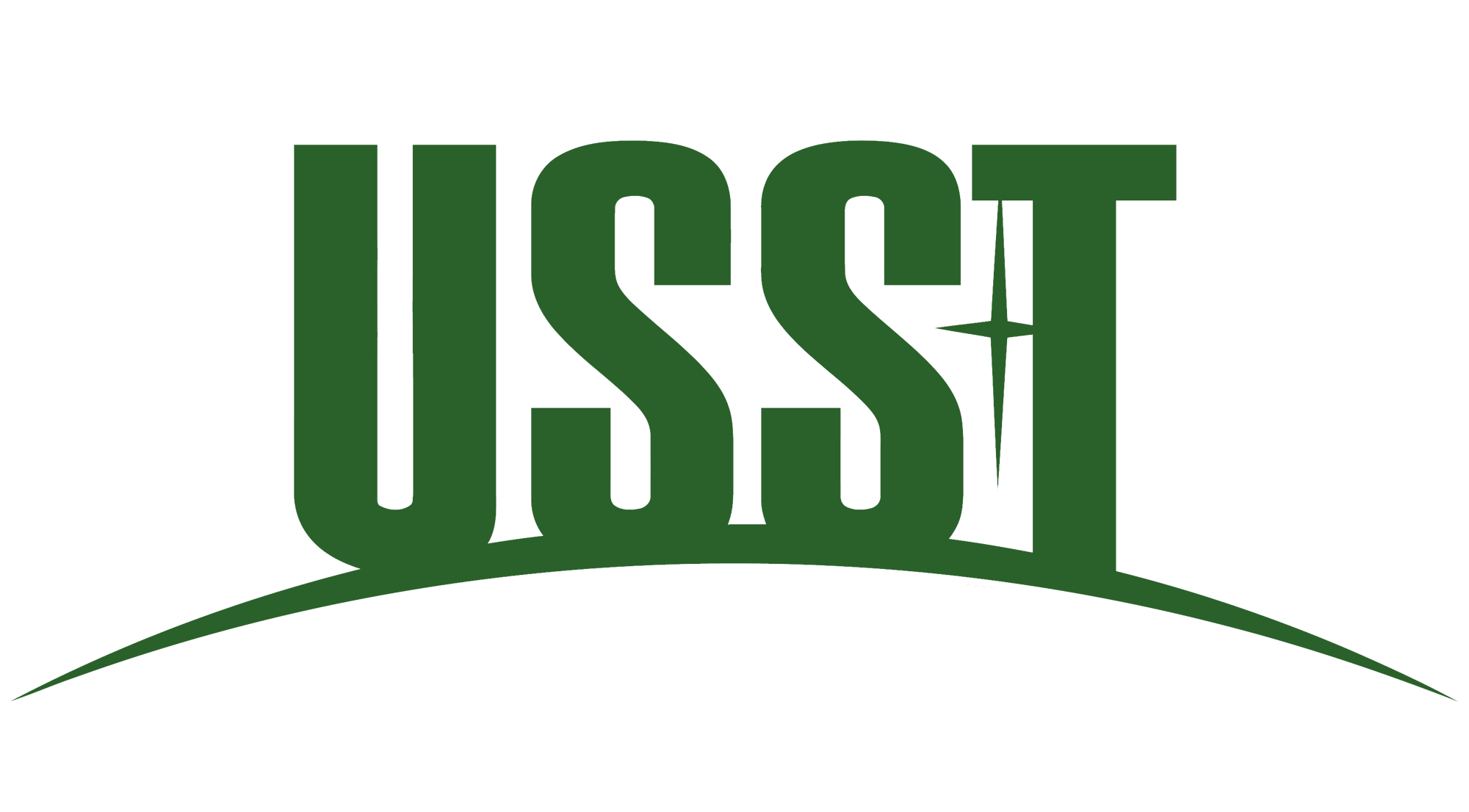

RADSAT-SK is a joint project between the USST, The University of Saskatchewan, Saskatchewan Polytechnic, and the Canadian Space Agency. Once it launches to orbit in late 2023, it will become Saskatchewan’s first satellite in space.
Cube-satellites, also known as CubeSats, are a standardized type of satellite that have quickly become popular in the space industry over the past two decades for their relatively cheaper cost to build and launch. They measure small in size, only 10x10x10 cm for a 1U cubesat. RADSAT-SK is 2U cubesat, meaning it measures 20x10x10 cm. Fitting everything we need into this small form-factor is just one of the many engineering problems our team must develop solutions for.
RADSAT-SK has three technical objectives, the first being the validation and testing of a new type of radiation dosimeter being developed by faculty at the College of Engineering. This new type of sensor is much smaller and cheaper than current space-grade dosimeters. Along with the dosimeter we will also be testing the use of high-concentration melanin as a radiation shield in space. This research is also being conducted at the U of S by faculty at the college of pharmacology. Lastly, RADSAT-SK will have an earth-imaging camera on-board in the hope that our team can capture some images of Saskatchewan from space that we can share with the province.
The RADSAT-SK project is part of the Canadian CubeSat Project (CCP). The CCP was started by the Canadian Space Agency (CSA) and the government of Canada as a means of getting professors and students from all around Canada involved with a real space mission. All selected teams for the project received grants from the CSA to help design and build each respective satellite. Also all teams work cooperatively with each other and the CSA to help ensure that every mission will be a success.
RADSAT-SK’s scheduled launch date is for sometime in 2023. However, spaceflight is a tricky business and it’s possible that our launch date may be pushed back. Regardless, our satellite will be flown to the International Space Station via a launch in the USA where it will then be handled by astronauts and loaded into a specially designed launcher for CubeSats. Once in place, our satellite will then be shot into orbit by the launcher and will orbit for approximately one year.
Student Involvement
In the spirit of USST tradition, the RADSAT-SK satellite is designed, contructed, and will be operated by students from both the U of S and SaskPolytech. Since this project is so large in scale our team has a faculty supervisor that assists with project management and finances, and we regualrly communicate with the CSA and other consultants to aid with our design of the satellite. However, it is ultimately up to our over 60 team members to ensure that deadlines are met on time. We are the only team in Canada that operates in this manner, and as such our team members gain skills and knowledge they could not attain anywhere else as a student.


Our Sponsors









